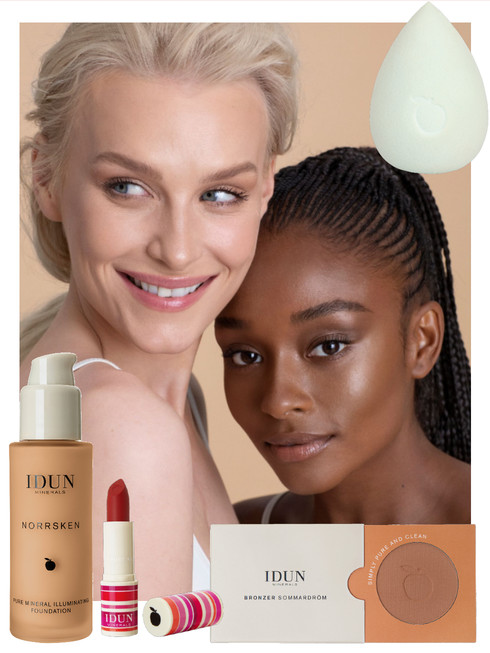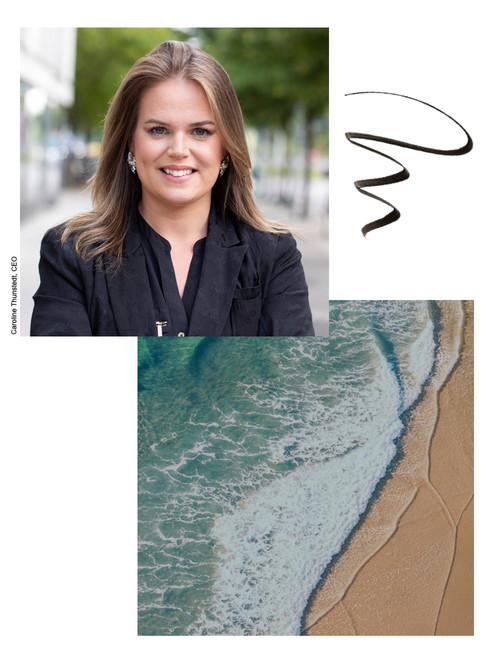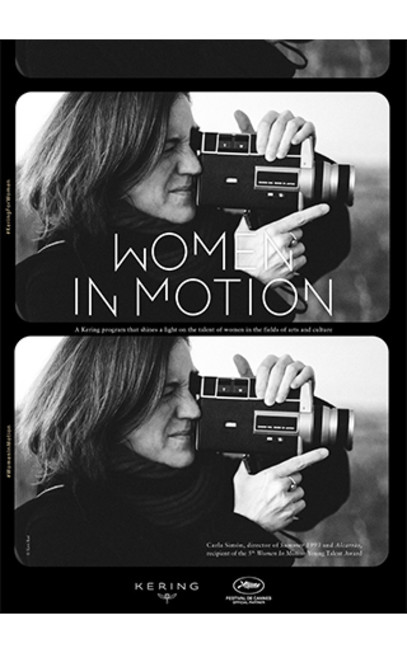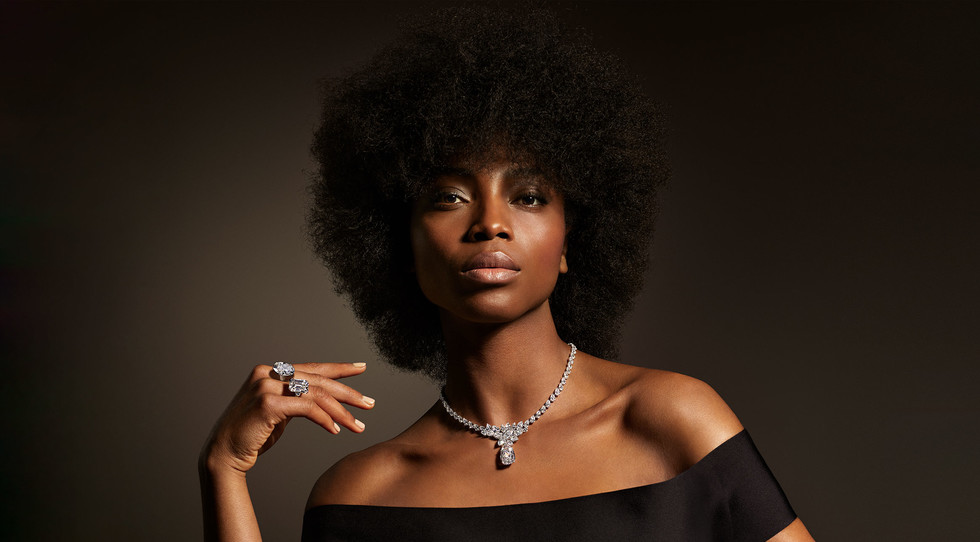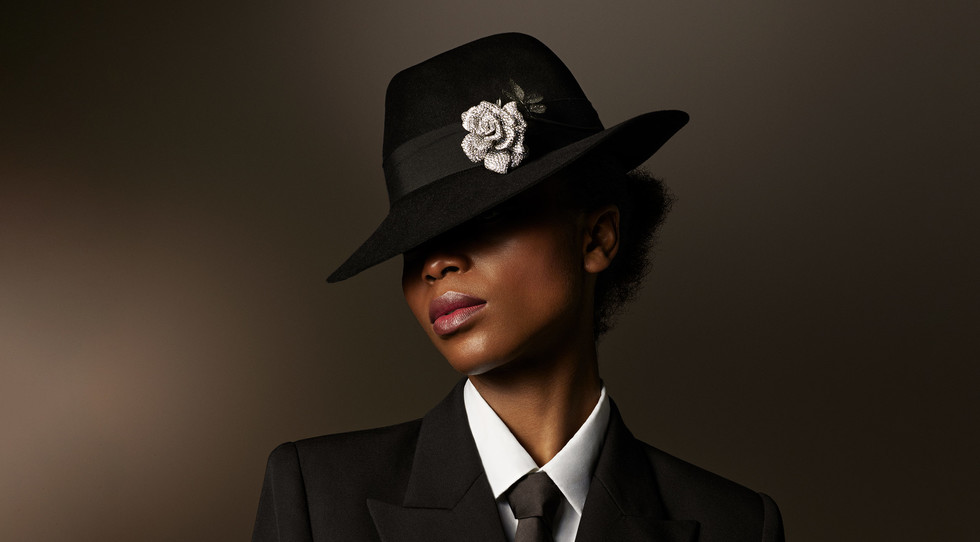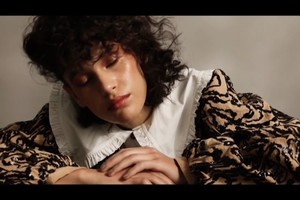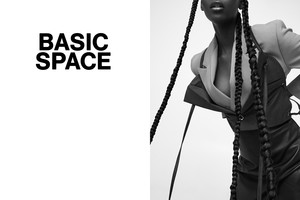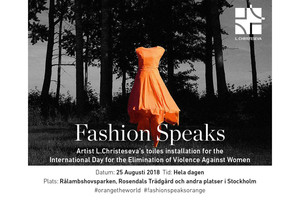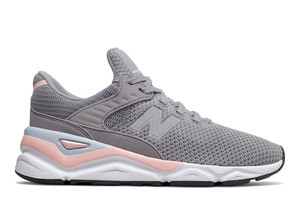Interview with IDUN Minerals
Written by Yasmine MubarakIDUN Minerals has been on the market for 11 years and have been focusing on good and carefully selected ingredients since day 1. My first encounter with the Swedish brand, was 7-8 years ago when I tried IDUN’s mineral powder foundation, thanks to a family member. A product, I never had for myself, since friends were always asking to use it – we all loved it.
IDUN Minerals has been a favorite for those lucky enough to have found it, but a unicorn for others that haven’t heard of it before. This year, the brand has transformed its packaging and design, for not only an even more sustainable approach but, an international and design rebranding – which they call IDUN 2.0.
For this reason, I wanted to learn more about the new makeover but mostly their thoughts on the beauty industry today. Honored, I got to talk with their CEO, Caroline Thunstedt.
Hello Caroline! Lovely to have a moment to ask you a few questions! Talk me through the latest makeovers by IDUN Minerals A couple of years ago we decided to set the long-term goal of having a circular business model by the year 2030 and this meant we had to start investigating how to upgrade and redefine the brand. We started evaluating our packaging and packaging materials. We realized that there was a lot to be done in terms of both quality and environmental improvements.
What was the first thing you did to evaluate the packaging?
The first thing we did was to move packaging production from Asia to Europe, unnecessarily long transportation was the first problem we identified that we needed to solve. Most of the world's packaging for makeup is made in Asia and transported a long way to Europe. We have therefore chosen to move all packaging production that was previously done in Asia to manufacturers in Europe, where the ingredients are mixed and filled. In this way, we were able to ensure that transportation emissions decreased, but at the same time we also took the opportunity to improve the quality of the packaging and reduce the amount of material used.
After a visit to FTI, the plastic recycling plant in Motala, Sweden, we also realized the importance of the packaging being made of bright plastic and mono / separable material. Otherwise, it cannot be recycled. Mirrors have been removed and materials have been replaced to try to make a product as sustainable as possible. For example, our packages for blush and bronzers are nowadays made of paper (renewable raw material), completely separable, and without a mirror (to ensure recyclability). The goal is a circular business model by the year 2030.
What is clean beauty to you? And do you think the term clean beauty has changed throughout the years?
Our tagline has been “Simply pure & clean” since we launched in 2011. Back then we only focused on the ingredients and avoiding unnecessary ingredients. For example, we have always avoided talc, bismuth, perfume, and cyclic silicones in our products. Today, we call ourselves a conscious beauty brand because there is so much more than clean. Today we talk about ingredients, manufacturing processes, packaging production, transportation, packaging material, CSR responsibilities, and much more. Consciousness is the new clean for us.
What does IDUN take inspiration from?
For us, education and information are key. We constantly strive to learn new things to improve ourselves. One example is seeking inspiration from other industries, like the fashion industry for example where some brands have been very inspirational in disclosing manufacturing plants to secure full transparency against consumers. We are also inspired by strong female voices who aren’t afraid to be who they are. The Swedish DJ duo Rebecca & Fiona is for example a big inspiration of ours, not only being extremely talented in music production but also two very inspirational entrepreneurs. We are actually so inspired by them so we have started a collaboration with them this summer, more info to come about that
What’s your own favorite product from IDUN?
If I can only pick one, and trust me that is hard, I guess I need to say the mineral powder foundation. I have a very uneven and red skin tone, so I use foundation every day and want to have a base that feels weightless and natural on the skin. The fact that it contains 100% highly purified minerals and lets the skin breath with natural finish & SPF15 makes it perfect for everyday use. I love it!
What’s the product you feel everyone should have in their bathroom this summer?
SPF, SPF, SPF – the single most important product to protect your skin and for a true “anti-age” effect. This summer I will be using the brand-new products from IDUN Minerals; Solsken SPF50 which is a primer and sun protection product in one as well as our new tinted lip elixir with SPF15. The lip elixir is the perfect combination of glossy color and protection, I have longed for this product a long time and can’t wait to wear it all summer long.
What’s your personal goal and hope?
My personal long-term goal is to change the beauty industry for real and to make an impact. Our struggle is changing the perception of what “luxury” beauty is. A lipstick with a higher price point is expected to feel heavy when you hold it in your hand. We have a new lipstick packaging which is 59% lighter compared to our previous one and not only that, it is also made of mono-material (meaning it can be recycled) and produced in Europe (which means less carbon emission thanks shorter transportation). But the big question is if the consumer is willing to pay for this new, lighter packing and accept it as the new luxury? This is where the importance of good and clear communication comes in.
.
How many ideas do you have just in your head right now, waiting to be created?
I have so many ideas but as a brand we also need to listen to the consumer and her feedback, we create the products for her and the next step for us is really to gather all the feedback from making this big packaging shift to find clear path going forward.
IDUN has always been in a class by itself, focusing on sustainability and clean beauty for the past 11 years. How do you as a CEO cope with a changing beauty industry, for example with social media changing how consumers purchase beauty products?
Personally, I love social media and that it helps us stay connected with our customers. Together with my colleagues, I manage our messenger chat function and just love to see what kind of questions people ask and what they are interested in. This means that even if we are a global brand, we can stay close to the consumer, wherever they are located.
What’s the next step for the brand, to have IDUN minerals continue to flourish in a changing industry?
We will continue changing our packaging during the coming year. To be honest, we will never be done, there is always improvement to be done since there constantly new techniques, innovations and new solutions available. We hope to continue to be agile and on the forefront in testing the new innovations. In Sweden, we are very good at sustainability and therefore our brand is much appreciated on other markets.
Will you launch in any new markets this year?
This year we are looking forward to increasing our presence on the US market as well as launching IDUN Minerals with the beauty destination Douglas in Germany.
Get to know IDUN Minerals product range, on their website idunminerals.com

